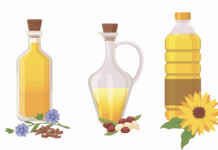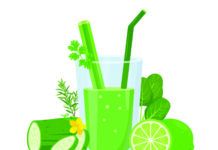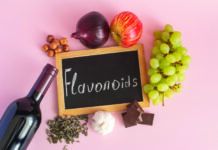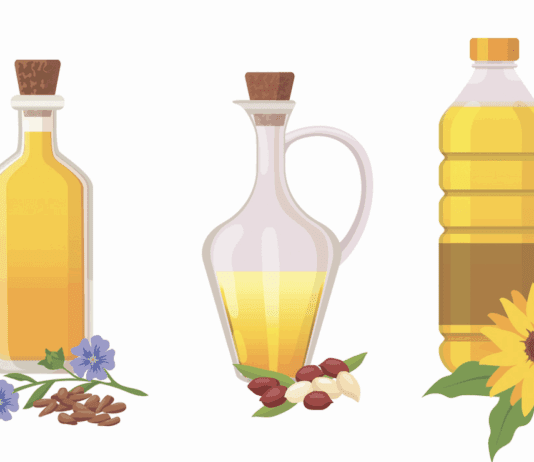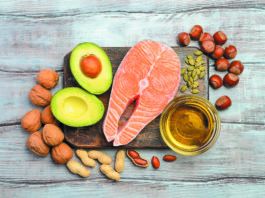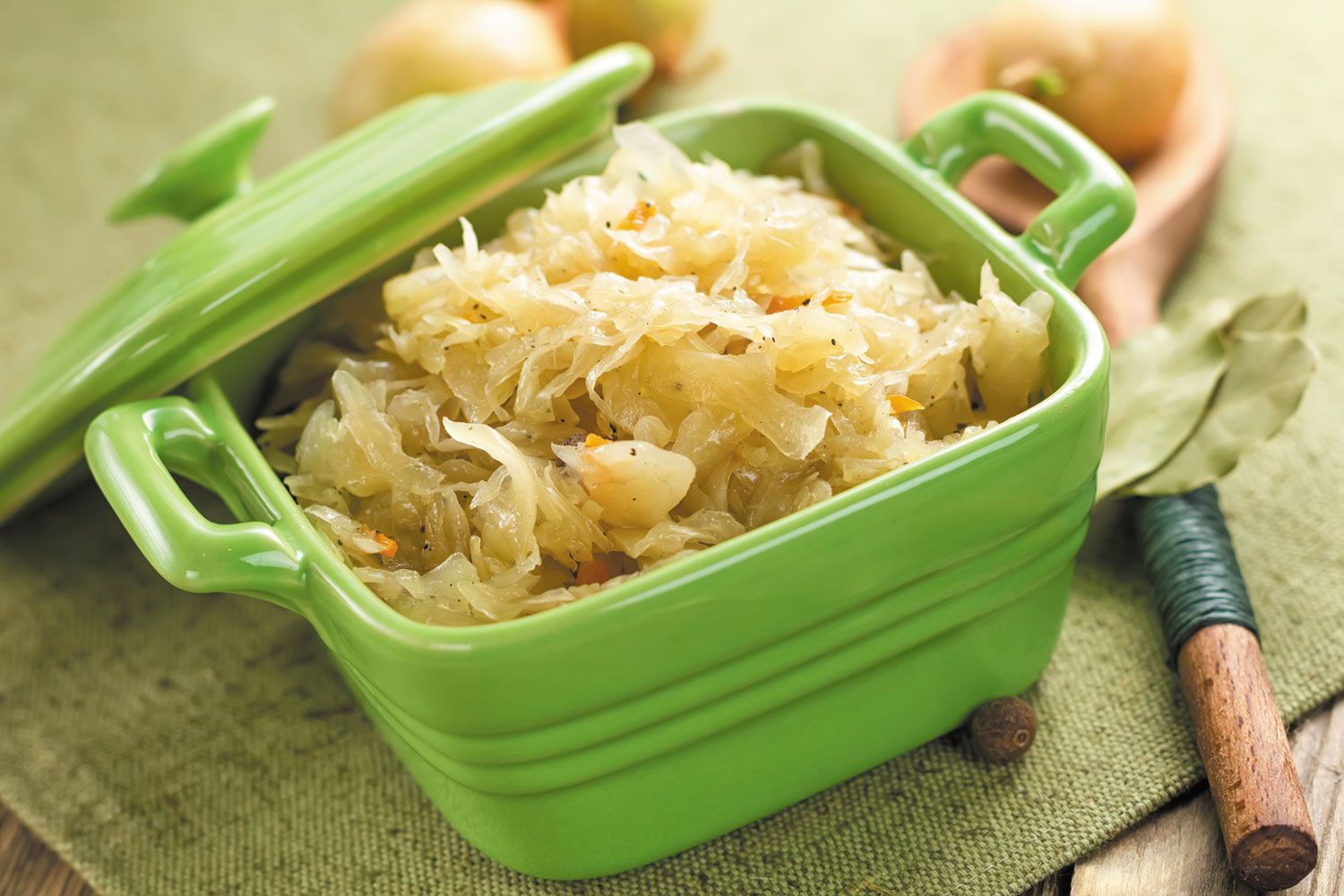Discover the Digestive Benefits of Fermented Foods
Dating back millennia, fermented foods are among humanity's oldest attempts to preserve food. But today these foods are newly popular for their purported health benefits. Fermented foods, ranging from sauerkraut to yogurt, are increasingly being seen as a boon to the gut - and in turn to benefits not only for digestive health but possibly also for allergies and even weight loss.
Confusing Labels Cause Food Waste
Is your household throwing away hundreds of dollars worth of usable food every year? Thats the conclusion of a new report by the Natural Resources Defense Council and Harvard Food Law and Policy Clinic, which warns that $165 billion of edible food is tossed in the trash annually and 40% of US food production never gets eaten. The leading culprit? Confusing food date labels, according to the report.
The Thrill of Victory, the Fat of Defeat
Rooting for the home team could be hard on your arteries when your football favorites lose, especially if its a nail-biter. French researchers report that fans whose NFL team lost consumed as much as 28% more saturated fat the next day.
Gulf Between Perception and Reality in Nutrient Intakes
Most Americans arent doing nearly as well in getting key nutrients as we think we are, according to the International Food Information Council. The new study of more than 1,000 US adults identified wide disparities between consumer perception and actual consumption.
FDA Moves to Effectively Ban Artificial Trans Fats
he US Food and Drug Administration has proposed a regulatory change that would all but eliminate artificial trans fats by ruling them no longer generally recognized as safe.
Breakfast Key for Nutrients-But Many Skip It
More Americans are skipping breakfast or grabbing it on the go, with only about 6 in 10 eating breakfast at home. Thats one finding from a new National Dairy Council analysis of data from the National Health and Nutrition Examination Survey (NHANES).
Nutrition Star Ratings Shift Sales
Nutrition ratings using gold stars next to price labels on grocery shelves might lead to modest but measurable improvements in consumer choices, says a new study. Published in the journal Food Policy, its the most rigorous independent analysis of point-of-purchase nutrition labeling. Because of the availability of data, researchers focused on the Guiding Stars system introduced in 2006 by the Hannaford supermarket chain and now licensed for use in more than 1,800 stores. Compared to…
Q. I am unable to eat chocolate or drink coffee or tea with caffeine,...
ADiane McKay, PhD, a scientist in Tufts HNRCA Antioxidant Nutrition Laboratory, answers: Since carob and chicory are plant-based, they both contribute to our daily intake of phytochemicals. Chicory (Cichorium intybus) is one of the richest dietary sources of caffeic acid (not to be confused with caffeine), while carob (Ceratonia siliqua) is high in tannins, as well as the minerals calcium and potassium. …
Q. I enjoyed your Special Report on food-drug and supplement-drug interactions (May), which states...
A. Our source for this information was the National Library of Medicines MedlinePlus, which explains: Warfarin (Coumadin) is used to slow blood clotting. There are several reports showing that taking glucosamine hydrochloride with or without chondroitin increases the effect of warfarin (Coumadin) on blood clotting. This can cause bruising and bleeding that can be serious. Dont take glucosamine hydrochloride if you are taking warfarin (Coumadin).…
Q. Do you have any information regarding the prickly pear cactus and claims that...
A. Erika Hval, a dietetic intern at Tufts Frances Stern Nutrition Center, answers: The prickly pear cactus, sometimes referred to as the cactus pear (Optunia spp.), has been touted for a variety of health-related benefits from treating diabetes to alleviating alcohol-induced hangover symptoms. Found in Mediterranean and subtropical African and American zones, cactus pear plants are characterized by flattened stems (cladodes) and brightly colored, sweet-tasting fruits. In general, the stems supply high amounts of pectin…

